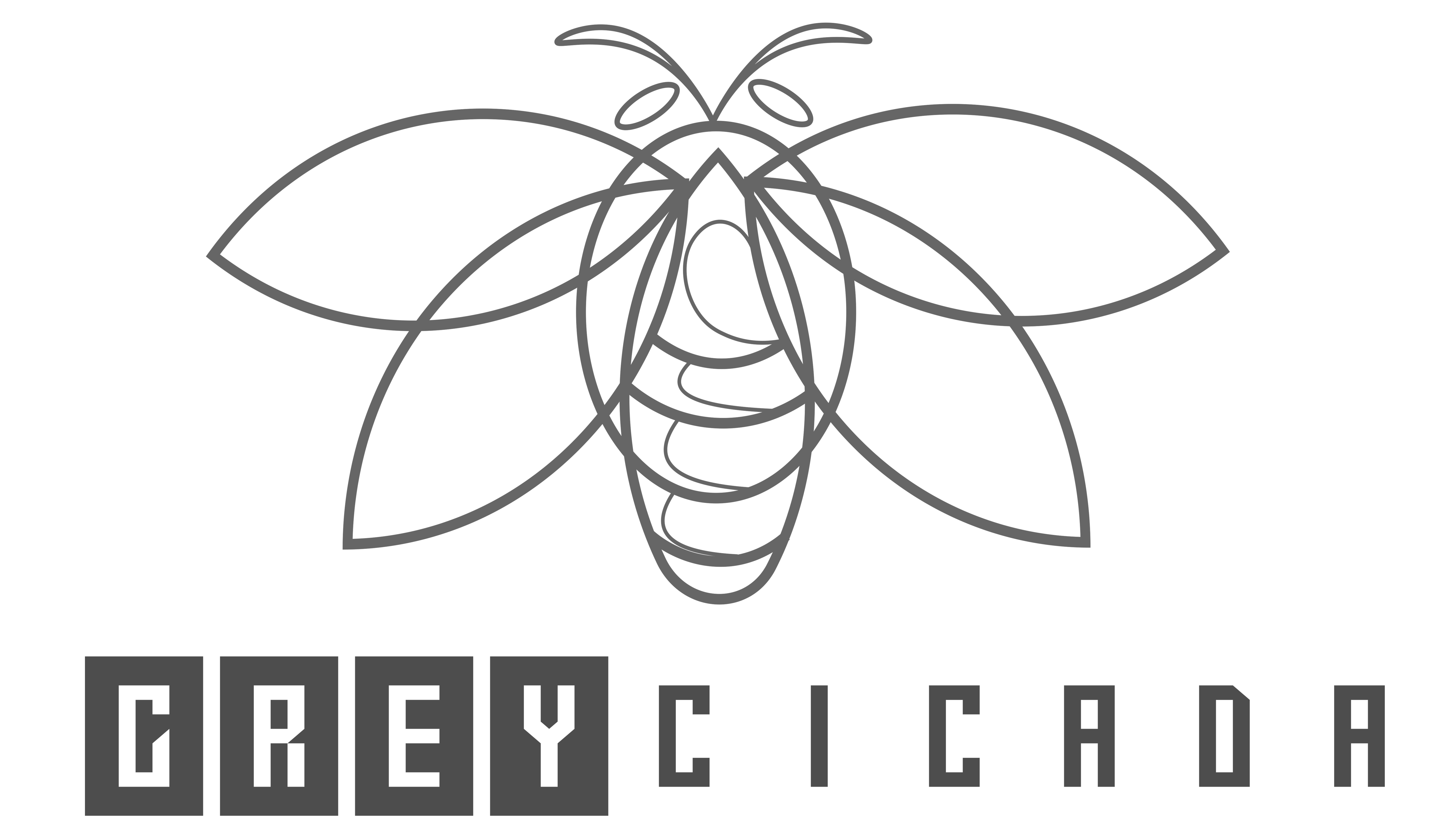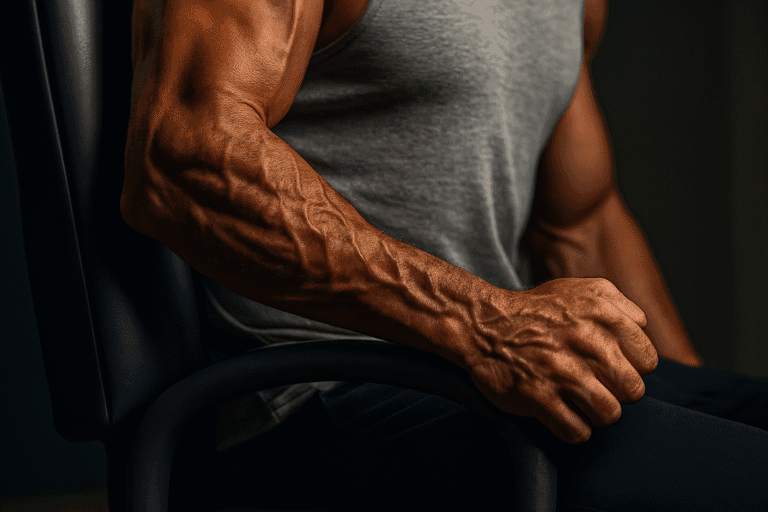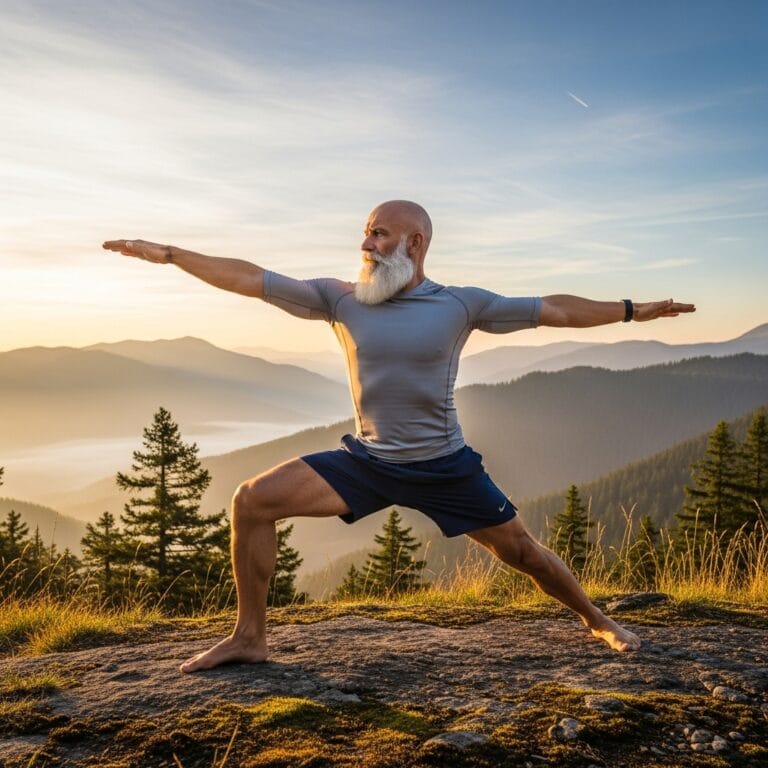FREE SHIPPING OVER $50
The Ancient Movement That’s Quietly Transforming How We Age—And It’s Easier Than You Think

When we talk about longevity and anti-aging, our minds often jump to complex dietary protocols, expensive supplements, or grueling high-intensity workouts. Yet, one of the most powerful tools available for preserving physical strength, mental clarity, and emotional balance comes from an unexpected source: an ancient movement practice that has been quietly transforming how we age for centuries. This practice is Tai Chi, and modern science is finally catching up to confirm its extraordinary benefits.
Tai Chi is often described as “meditation in motion” or “shadow boxing,” and while it looks simple—a graceful series of slow, deliberate movements—its impact on the core systems of the body is profound. It’s a low-impact solution that dramatically improves areas where we tend to decline fastest, such as balance, coordination, and bone density. For anyone seeking an accessible, sustainable, and highly effective way to extend their healthspan, this ancient movement is a game-changer, and as we will explore, it’s easier than you think to start today.
What is Tai Chi and Why Does It Work?
Tai Chi (or Taijiquan) originated in China as a martial art and has evolved into a gentle exercise system recognized globally for its health benefits. Its effectiveness against aging stems from its holistic approach, combining mindfulness with complex physical movement.
The Core Principle: Internal Strength
Unlike many Western exercises that focus only on muscular strength, Tai Chi emphasizes “internal strength” through conscious breathing, mindfulness, and the slow transition of weight.
- The Mechanism: This deliberate, slow movement recruits stabilizing muscles that often go ignored during faster workouts. It focuses on the eccentric (lowering/lengthening) phase of muscle contraction, which is highly effective at building strength and improving flexibility without high impact.
Transforming How We Age: The Science-Backed Benefits
The impact of Tai Chi is multi-faceted, hitting three critical areas of aging that are essential for longevity: physical health, cognitive function, and mental well-being.
1. Eliminating the Fear of Falling (Physical Health)
Falls are the leading cause of injury and death for seniors. Tai Chi is scientifically proven to reduce fall risk more effectively than conventional physical therapy or balance training alone.
- The Mechanism: The movements constantly shift weight from one foot to the other in controlled patterns. This trains the proprioceptive system (your body’s awareness of where it is in space) and strengthens the ankles, hips, and core—the primary stabilizers needed to catch yourself during a stumble.
2. Reducing Chronic Inflammation (Cellular Health)
Chronic, low-grade inflammation is the silent driver of aging (inflammaging). Tai Chi helps regulate the immune system.
- The Mechanism: Research suggests that consistent Tai Chi practice can lower the levels of inflammatory markers like C-reactive protein (CRP) and regulate the release of stress hormones. By reducing systemic inflammation, it frees up the body’s resources for repair and longevity.
3. Boosting Brain Volume and Cognition (Mental Clarity)
Tai Chi is a complex mind-body exercise that requires intense focus on sequence, posture, and breathing. This dual demand offers major cognitive benefits.
- The Mechanism: Learning and executing the movements stimulates the prefrontal cortex and hippocampus, the parts of the brain responsible for memory and planning. Studies show that regular practice can increase brain volume and significantly improve working memory and executive function, helping to ward off age-related cognitive decline.
Why It’s Easier Than You Think: Starting Your Tai Chi Journey
Many people are intimidated by the long forms or the seeming complexity of the movements. However, starting Tai Chi requires only a few minutes and a willingness to move slowly.
You Don’t Need to Learn the “Long Form”
The complete Tai Chi forms (like the 108-move Yang style) take years to master. You can gain the full health benefits from just a few simple moves done consistently.
- Focus on Fundamentals: Start with a simplified routine that uses basic movements like “Shifting the Weight,” “Waving Hands Like Clouds,” and “Parting the Wild Horse’s Mane.” These fundamental movements already provide the core benefits of balance, coordination, and gentle muscle engagement.
It’s Truly Low-Impact
The movements are performed slowly and deliberately, with soft knees and continuous motion. There is no jumping, pounding, or sudden jarring of the joints.
- The Benefit: This makes Tai Chi ideal for those with arthritis, joint replacements, or chronic pain, as it builds strength around vulnerable joints without the risk of further injury.
You Need Zero Equipment
All you need is comfortable clothing and enough space to extend your arms. You can practice in your living room, in a park, or even in a small office space, making it one of the most accessible longevity exercises available.
Integrating Tai Chi into Your Longevity Lifestyle
To maximize the benefits of this ancient movement, integrate it alongside other longevity practices like Time-Restricted Eating and strategic nutrition.
The Timing: A Morning Reset
Performing Tai Chi in the morning is highly effective. It acts as a gentle way to wake up the body and mind.
- The Benefit: It increases blood flow to the muscles and brain, improving flexibility for the day ahead and setting a tone of calm and focus that can help manage stress and cortisol levels.
The Synergistic Effect with Exercise
Tai Chi is an excellent complement to strength training or HIIT.
- The Role of Tai Chi: It serves as a superior warm-up or cool-down, increasing joint mobility before a workout and promoting relaxation afterward. Furthermore, the balance and core strength gained directly translates to better form and stability during complex strength exercises.
The Mindfulness Component
The deliberate slowness of Tai Chi is designed to quiet the nervous system.
- The Practice: Focus your attention entirely on the subtle shifting of your weight, the feeling of the air passing your hands, and your breath. This intense presence is a powerful form of mindfulness that combats the chronic psychological stress that accelerates aging.
Conclusion
The ancient movement of Tai Chi is a powerful, yet simple, answer to the modern quest for longevity. By combining low-impact, flowing movements with deep mindfulness, it triggers profound health benefits, including a significantly reduced risk of falls, a reduction in systemic inflammation, and improvements in brain health. The final truth is that it’s easier than you think to start enjoying these transformative effects. Commitment to just 15 to 20 minutes of slow, intentional motion a few times a week is all you need to start quietly transforming how you age.
Related Articles
- Why More Young, Fit Men Are Having Heart Attacks—And What You Can Do to Avoid It
- Over 50? These 15 Vision Hacks Could Help You See Sharper—Naturally
- Prescribed for Pain, Tied to Memory Loss: The Drug Millions Take Without Knowing the Risk
- Want to Look and Feel 17 Years Younger? These 15 Anti-Aging Hacks Are Backed by Science
- The Anti-Aging Habit Hidden in a Remote Village—Doctors Say It Rewinds Your Biological Clock



